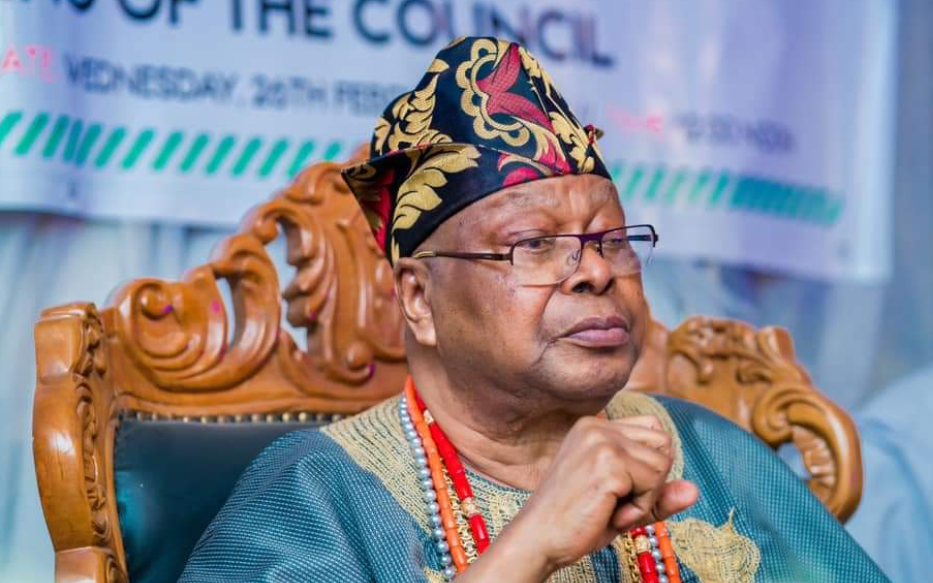BY OJO EMMANUEL ADEMOLA
In the ever-evolving media landscape, integrating artificial intelligence (AI) can revolutionise print media in the Global South, particularly in Africa. AI technology offers a range of capabilities that can enhance efficiency, accuracy, and relevance in delivering news and information to audiences. As media outlets embrace AI tools, they can streamline editorial processes, improve content creation, automate fact-checking, enhance audience engagement, and personalize content delivery. This essay explores the impact of AI on transforming print media in Africa, highlighting the opportunities for innovation and growth in the region.
AI tools can play a crucial role in streamlining editorial processes within print media organisations in Africa. By automating repetitive tasks such as data analysis, research, and data entry, AI enables journalists to focus more on in-depth reporting and storytelling. This not only accelerates the production process but also improves the quality of content by providing journalists with more time to investigate and develop compelling narratives. Furthermore, AI can aid in content creation through natural language processing (NLP) and sentiment analysis, helping journalists identify key quotes, sentiments, and themes for impactful storytelling that resonates with audiences.
Moreover, AI-powered tools can automate fact-checking processes, helping to ensure the accuracy and credibility of news stories. In an era of widespread misinformation and deepfakes, AI can play a vital role in detecting and combating false information and safeguarding the integrity of journalistic work. By leveraging AI for fact-checking, media organisations can strengthen their trust with audiences and uphold the principles of journalistic ethics and integrity.
Advertisement
AI technology also offers opportunities to enhance audience engagement and personalise content delivery in print media. By analysing audience preferences, behaviour, and demographics, media outlets can tailor content to specific target audiences, increasing relevance and resonance. Additionally, AI can optimise advertising strategies, improve ad targeting, and maximise revenue generation for media organisations in Africa. Through AI-powered analytics and data-driven insights, print media can better understand their audience and optimise content strategies to attract and retain readers.
Before concluding this piece, let us consider issues, thought processes, and strategies for resolving the trending issues.
- Limited data availability: One of the challenges faced by media organisations in Africa is the limited availability and quality of data for audience targeting. Many regions lack robust data infrastructure and audience insights, making it challenging to effectively target ads to specific demographics.
- Cultural and linguistic diversity: Africa is a region of diverse cultures and languages, presenting a challenge for advertisers to create targeted campaigns that resonate with local audiences. Adapting content and messaging to different cultural contexts requires a deep understanding of the nuances and preferences of various communities.
- Ad fraud and brand safety: Ad fraud is a prevalent issue in the digital advertising ecosystem, posing a threat to the reputation and revenue of media organisations. Ensuring brand safety and transparency in advertising placements is crucial to maintaining trust with advertisers and audiences.
To address these issues and optimise advertising strategies in Africa, media organisations can adopt a strategic approach that leverages AI technology and data-driven insights. The thought process involves:
Advertisement
- Data collection and analysis: Media organisations can invest in data collection mechanisms to gather audience insights and behaviour patterns. By analysing this data using AI algorithms, media outlets can identify audience segments, preferences, and trends to inform targeted advertising strategies.
- Audience segmentation: Utilising AI for audience segmentation can help media organisations categorise audiences based on demographics, interests, and behaviours. This segmentation enables personalised ad targeting and content delivery, improving relevance and engagement with audiences.
- Localisation and personalisation: Tailoring ad content to local languages, cultures, and preferences is crucial for campaign success in Africa. Media organisations can use AI-powered tools to customise ad creatives and messaging for different regions, increasing the effectiveness and impact of advertising campaigns.
- Ad verification and brand safety: Implementing AI-powered ad verification tools can help media organisations detect and prevent ad fraud, ensuring brand safety and transparency for advertisers. By partnering with trusted ad networks and platforms, media outlets can secure high-quality placements and maintain the integrity of their advertising ecosystem.
To optimise advertising strategies, improve ad targeting, and maximise revenue generation in Africa, media organisations can implement the following best practices:
- Invest in data analytics: Enhance data collection and analysis capabilities to gain valuable audience insights for targeted advertising campaigns. Utilise AI tools for predictive analytics and audience segmentation to optimise ad targeting and improve campaign performance.
- Leverage AI for personalisation: Utilise AI technologies such as natural language processing and machine learning to customise ad content and messaging for diverse audiences in Africa. Tailoring campaigns to local cultures and preferences can increase engagement and drive conversions.
- Prioritise brand safety: Implement robust ad verification mechanisms and partner with reputable ad networks to ensure brand safety and transparency in advertising placements. Regularly monitor ad performance, detect potential fraud, and take proactive measures to safeguard the reputation of media organisations.
- Collaborate with technology partners: Collaborate with AI and ad tech providers to access cutting-edge solutions for optimising ad targeting, enhancing audience engagement, and maximising revenue generation. Work with industry experts to stay ahead of emerging trends and technologies in digital advertising.
By embracing AI-powered advertising strategies, media organisations in Africa can overcome challenges, enhance ad targeting, and drive revenue growth in the evolving digital media landscape. Prioritising data-driven insights, personalisation, and brand safety can empower media outlets to deliver impactful campaigns that resonate with audiences and advertisers, ultimately driving business success and sustainability in the region.
In conclusion, the integration of AI in print media has the potential to bring about significant transformation in Africa, enhancing efficiency, accuracy, and relevance in delivering news to audiences. By leveraging AI tools for editorial processes, content creation, fact-checking, audience engagement, and monetization strategies, media organisations in Africa can innovate and grow, ultimately improving the quality and impact of journalism in the region.
As print media continues to evolve in the digital age, embracing AI technology presents a pathway to reimagining journalism and adapting to the changing media landscape in Africa.
Advertisement
Ademola, Nigeria’s first professor of cybersecurity, writes from London.
Views expressed by contributors are strictly personal and not of TheCable.






